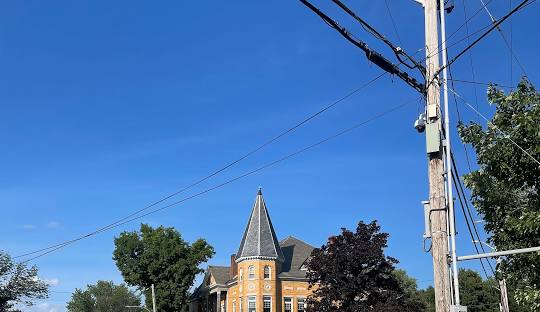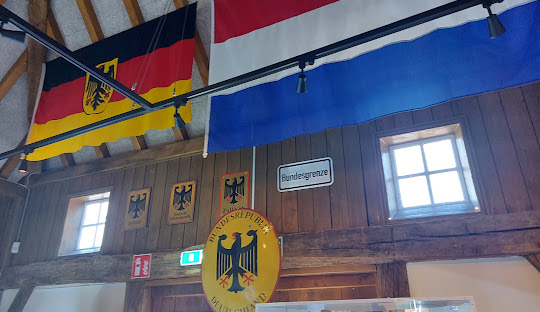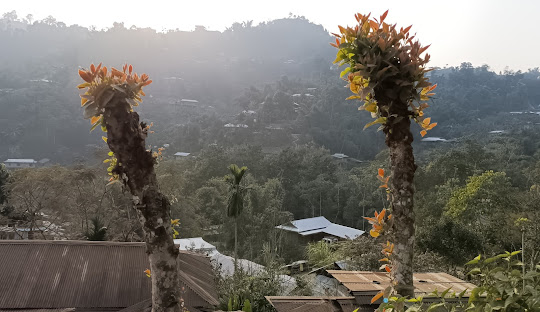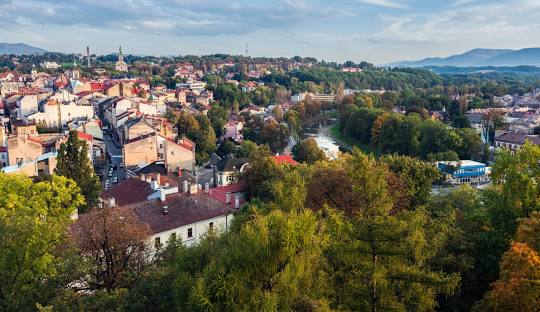The Border Line, August 12
Most of us think of international borders as sharp lines on a map or as distant checkpoints, but some rare places put those lines right into daily life. In these surreal “cross-border towns,” laws and languages can switch from one side of the street to the other. Residents think nothing of crossing between countries just to grab a coffee or check their mail. Here are five of the world’s most remarkable border communities where a single street, home, or even a library literally bridges two nations.
1. Beebe Plain / Derby Line (United States & Canada)

On the outskirts of Vermont and Quebec, Canusa Street splits the village of Beebe Plain. Here, one sidewalk is American, the other Canadian. The Haskell Free Library and Opera House, which opened in 1904, was built deliberately across the border to welcome residents of both countries. Visitors can enter from either side without routine customs checks — provided they leave back through their country of origin. The border runs through living rooms and gardens, but for locals, this is simply everyday life.
2. Baarle-Hertog / Baarle-Nassau (Belgium & Netherlands)

Perhaps the world’s most complicated border maze, Baarle-Hertog and Baarle-Nassau are a patchwork of Belgian enclaves inside Dutch territory, and vice versa. In some cases, the border runs directly through buildings and living spaces. House numbers and national flags indicate which country your front door is in. Cafes and shops operate under two sets of laws — it's not uncommon for locals to move tables to take advantage of differing business hours or tax rates.
3. Dinxperlo (Netherlands) and Suderwick (Germany)

In this friendly border town, the dividing line runs down the middle of Heelweg street: Dutch Dinxperlo to the west, German Suderwick to the east. Locals speak the same Low Saxon dialect and celebrate neighborhood festivities together. Here, border posts are more for decoration than actual checks — it’s a daily commute for residents to cross over to the bakery, school, or even a friend’s house.
4. Lungwa (Longwa): A Unique India-Myanmar Border Village

In northeast India, Lungwa is split right down the middle between India’s Nagaland state and Myanmar’s Sagaing Region. Here, the chief’s residence defies government lines: one half is in India, the other in Myanmar. Daily life is shaped more by tribal customs than by international law. Villagers can cross the border to visit relatives or farm without border formalities, and, in some cases, even hold dual citizenship.
5. Cieszyn (Poland) and Český Těšín (Czech Republic)

Once one unified town, Cieszyn was split after World War I along the Olza River, creating Polish Cieszyn and Czech Český Těšín. Today, a quick walk across the bridge takes you to another country, but the community maintains strong cultural and economic bonds. Shared festivals, trade, and family ties keep borders from feeling like barriers.




